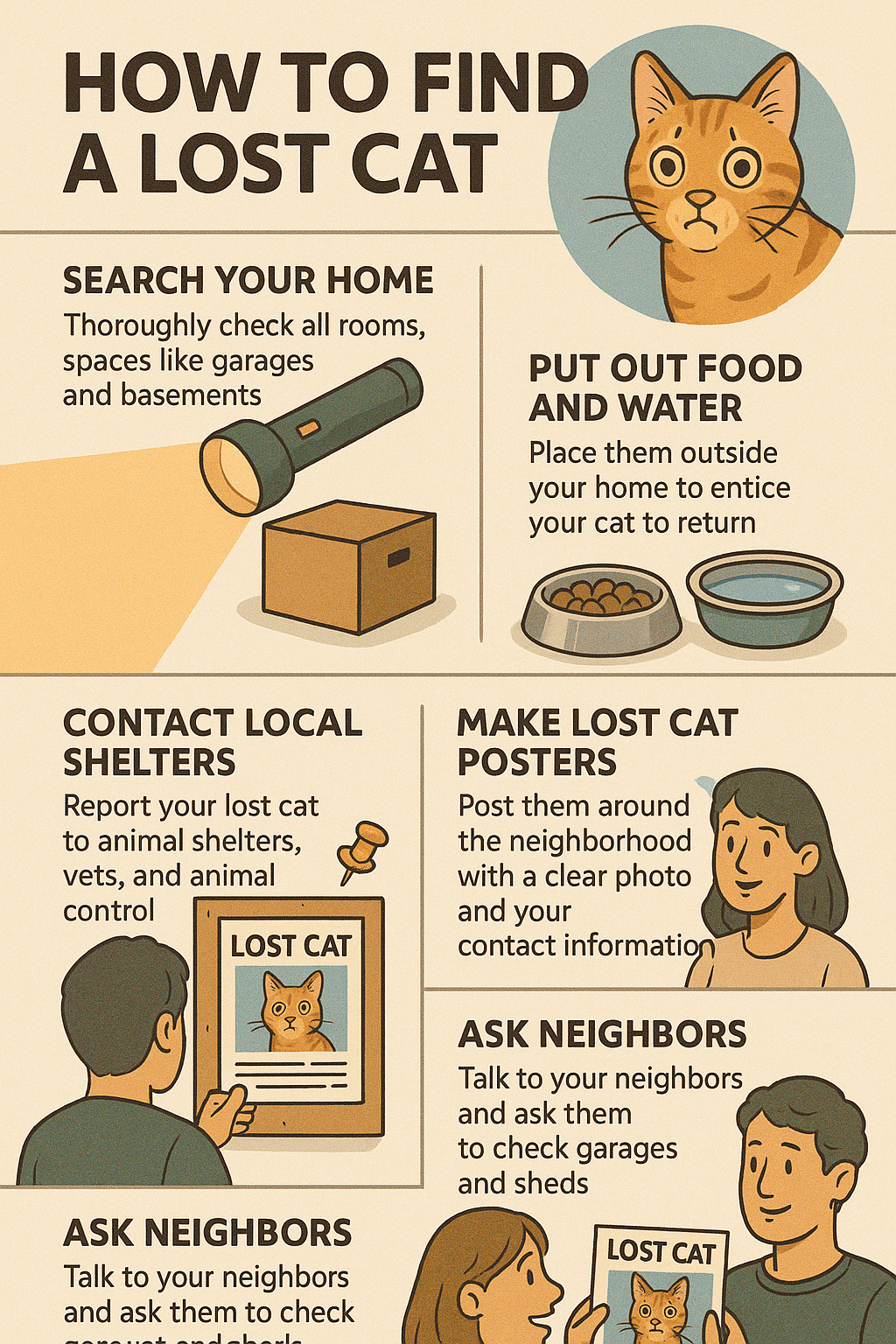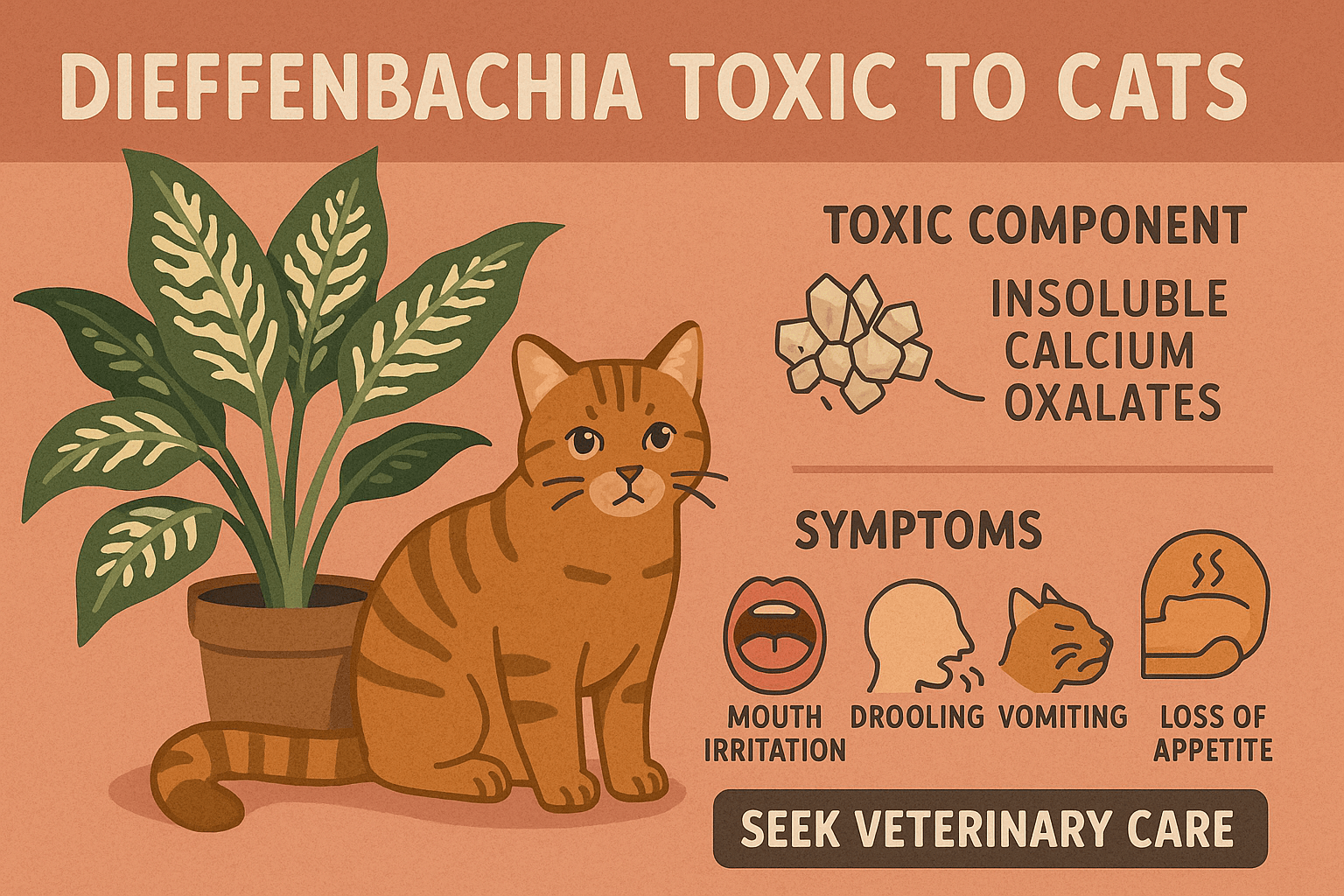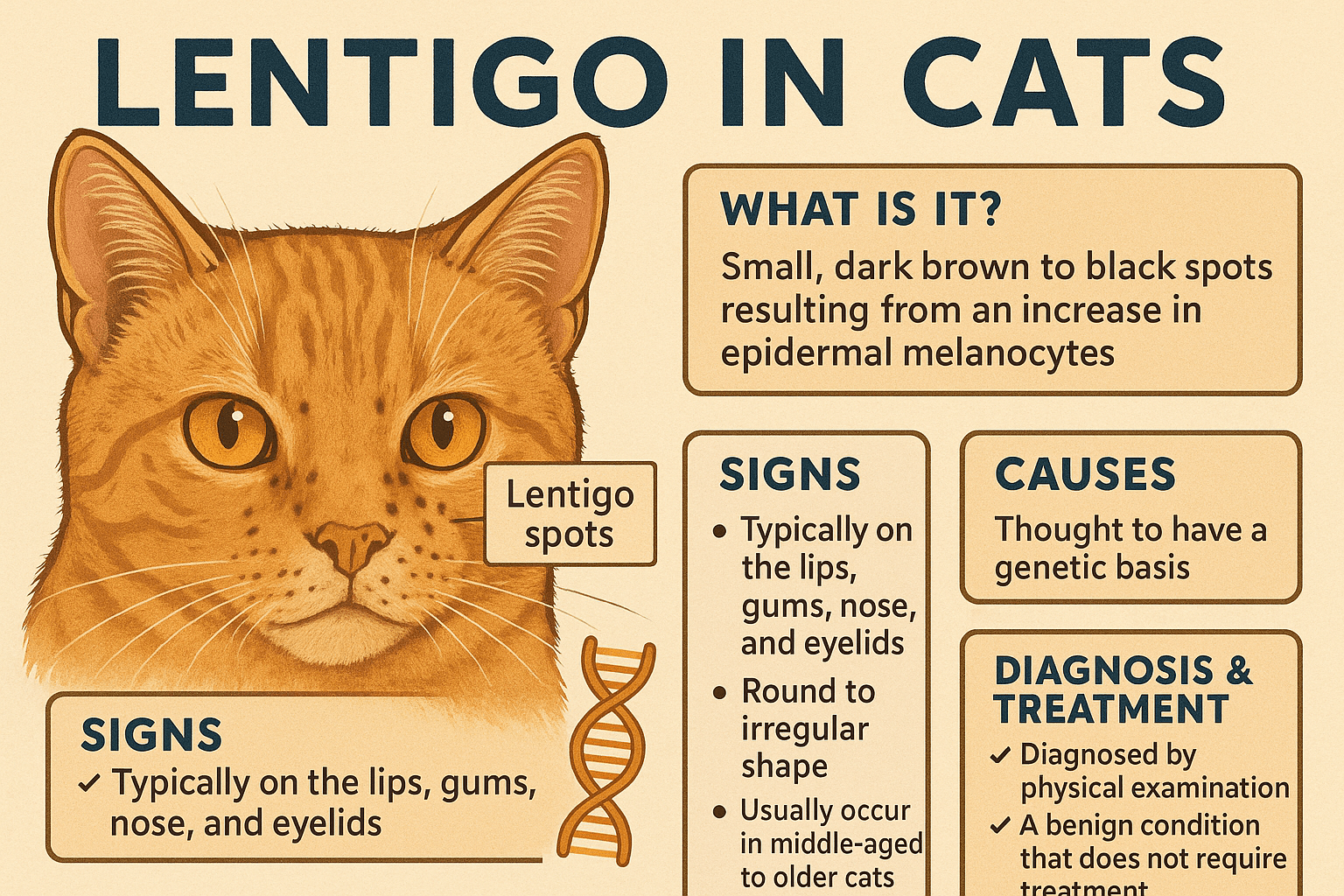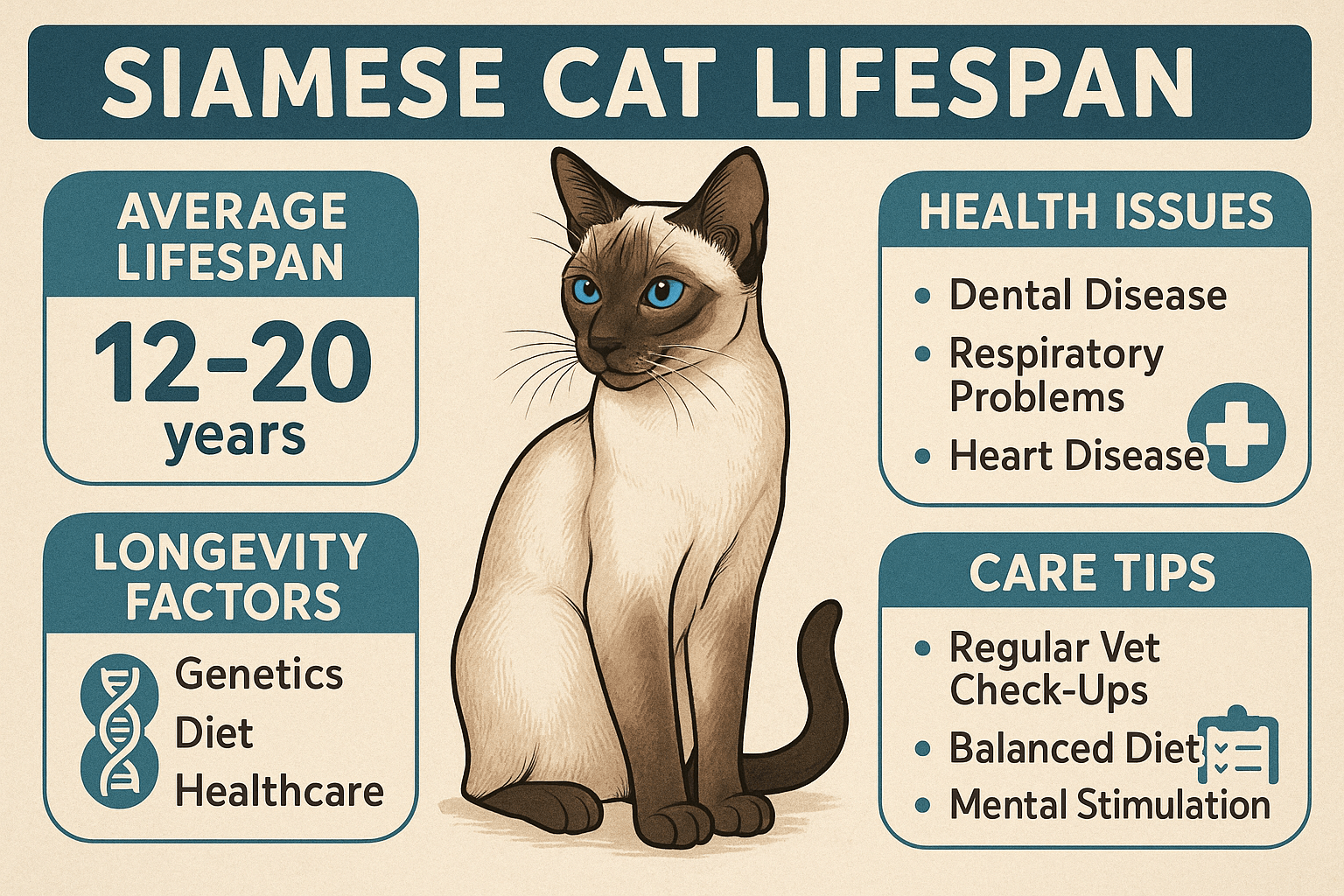Can Cats Eat Gum? Understanding the Risks and Realities
Cats are curious creatures, often exploring their surroundings by sniffing, licking, or nibbling on things they encounter. While this behavior is natural, it can sometimes lead to dangerous situations—such as when a cat ingests something they shouldn’t, like gum. Many pet owners wonder whether gum is safe for cats or if it poses any risks. The truth is, while gum might seem harmless to us, certain ingredients commonly found in gum can be toxic to felines. In this blog post, we’ll explore everything you need to know about cats and gum, including potential dangers, signs of toxicity, and how to keep your furry friend safe.
Why Gum is Dangerous for Cats
While chewing gum is a popular treat for humans, it contains ingredients that can be harmful—or even life-threatening—to cats. Understanding these risks is essential for keeping your pet safe.
Xylitol Toxicity:
Xylitol, a sugar substitute found in many sugar-free gums, is highly toxic to cats and can cause a rapid drop in blood sugar levels, leading to seizures or liver failure.Choking Hazards:
Small pieces of gum can easily become lodged in a cat’s throat, causing choking or difficulty breathing.Digestive Blockages:
Swallowed gum may not break down in the digestive system, potentially causing blockages in the intestines that require surgical removal.Artificial Flavors and Additives:
Some gums contain artificial flavors or preservatives that can irritate a cat’s stomach or cause allergic reactions.Ingestion of Wrappers:
Cats may accidentally swallow gum wrappers along with the gum, which can pose additional risks like tearing or obstruction in the digestive tract.
These dangers highlight why gum should never be given to cats intentionally—and why vigilance is key to preventing accidental ingestion.
Signs Your Cat May Have Eaten Gum
If you suspect your cat has eaten gum, recognizing the symptoms early can make all the difference in ensuring their safety. Look out for these warning signs.
Vomiting or Diarrhea:
These are common symptoms of gastrointestinal upset caused by swallowing gum or its toxic ingredients.Lethargy or Weakness:
A sudden lack of energy could indicate poisoning, especially if xylitol was ingested.Loss of Coordination:
Cats exposed to xylitol may experience seizures or difficulty walking due to low blood sugar levels.Excessive Drooling:
Drooling can signal irritation in the mouth or digestive tract from gum or its additives.Abdominal Pain:
If your cat appears to be in discomfort or avoids being touched around the belly, they may have an intestinal blockage.
Acting quickly at the first sign of trouble can prevent serious complications and ensure your cat receives prompt veterinary care.
Check this guide 👉Can Cats Eat Beef Fat? Best 7 Expert Tips!
Check this guide 👉Can Cats Eat Maggots? Best 7 Expert Tips!
Check this guide 👉Can Cats Eat Rhubarb? Best 7 Expert Tips!
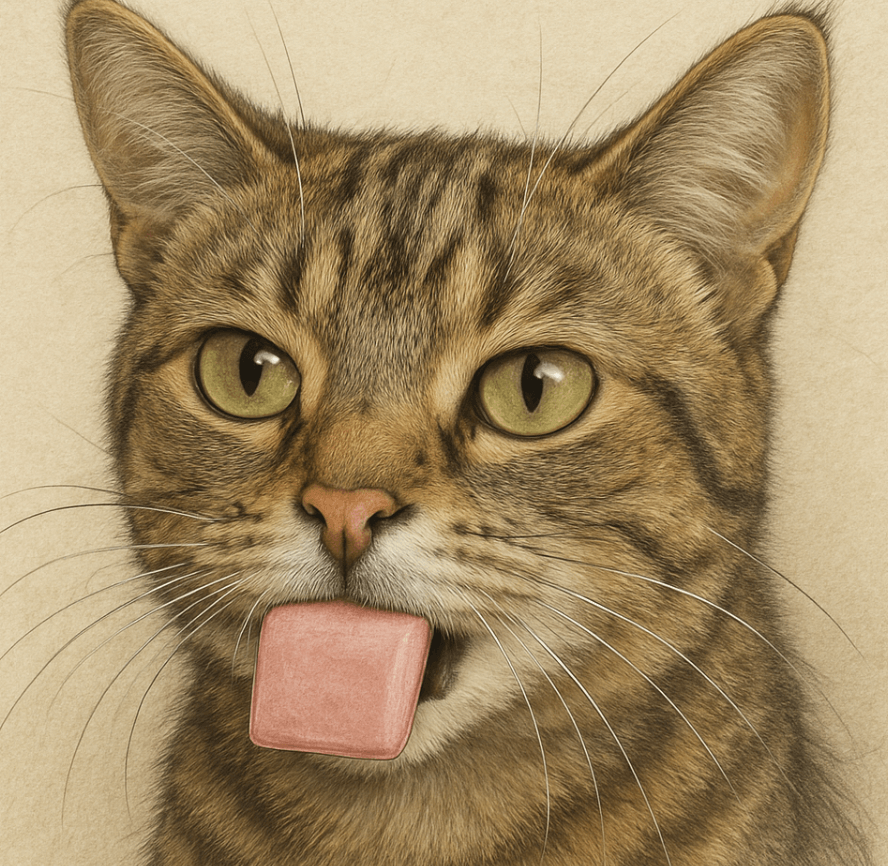
Safe Alternatives to Gum for Cats | Risks Associated with Gum Ingredients |
|---|---|
Cat-safe dental chews | Xylitol causing hypoglycemia |
Freeze-dried meat treats | Artificial sweeteners leading to toxicity |
Edible cat grass | Chewing gum wrappers causing blockages |
Soft, edible chew toys | Digestive issues from indigestible gum |
Natural bone broth (unsalted) | Flavorings causing allergic reactions |
What to Do If Your Cat Eats Gum
Accidents happen, and if your cat ingests gum, knowing how to respond can save their life. Follow these steps to address the situation promptly and effectively.
Stay Calm and Assess the Situation:
Determine what type of gum was eaten, how much was consumed, and whether the wrapper was swallowed.Contact Your Veterinarian Immediately:
Call your vet or an animal poison control hotline for advice tailored to your cat’s specific case.Do Not Induce Vomiting Without Guidance:
Attempting to make your cat vomit without professional instruction can worsen the situation.Monitor for Symptoms Closely:
Keep an eye on your cat for any signs of distress, such as vomiting, lethargy, or difficulty breathing.Bring Packaging to the Vet:
If possible, take the gum packaging to the vet so they can identify harmful ingredients more easily.
Quick action and professional guidance are crucial to minimizing the risks associated with gum ingestion.
How to Prevent Your Cat from Eating Gum
Preventing accidents is always better than dealing with emergencies. These tips will help you keep gum and other hazardous items out of your cat’s reach.
Store Gum Out of Reach:
Keep gum in closed containers or high shelves where your cat cannot access it.Dispose of Wrappers Properly:
Always throw away gum wrappers in covered trash bins to prevent curious cats from investigating them.Supervise Curious Behavior:
Watch your cat closely if they show interest in chewing or licking unusual objects.Provide Safe Chew Alternatives:
Offer cat-safe dental chews or toys to satisfy their natural urge to chew.Educate Family Members:
Ensure everyone in your household knows not to leave gum lying around or offer it to your cat.
Taking these precautions reduces the likelihood of accidental gum ingestion and keeps your cat safe.
Common Mistakes to Avoid When Protecting Cats from Gum
Even well-meaning pet owners can make mistakes that put their cats at risk. Here are some pitfalls to avoid when safeguarding your home against gum-related accidents.
Leaving Gum Within Reach:
Even if you think your cat isn’t interested, leaving gum accessible increases the chance of accidental ingestion.Assuming Small Amounts Are Harmless:
Even tiny quantities of gum, especially those containing xylitol, can be dangerous to cats.Ignoring Warning Signs:
Delaying veterinary care after suspected gum ingestion can lead to severe complications or death.Using Punishment Instead of Prevention:
Scolding your cat for eating gum won’t solve the problem; focus on prevention instead.Forgetting About Guests’ Belongings:
Visitors may unknowingly leave gum lying around, so remind them to store it safely.
Avoiding these mistakes ensures a safer environment for your cat.
Alternatives That Satisfy a Cat’s Chewing Instinct
If your cat shows a tendency to chew on inappropriate items, providing safe alternatives can redirect their behavior.
Cat-Safe Dental Chews:
Designed specifically for cats, these chews promote oral health and satisfy their urge to chew.Edible Cat Grass:
Growing cat grass indoors gives your cat a natural, safe option to nibble on.Interactive Toys:
Puzzle toys and chewable items engage your cat mentally and physically, reducing boredom-related chewing.Soft Chew Treats:
Treats made from natural ingredients offer a satisfying texture without posing health risks.Supervised Playtime:
Engaging your cat in interactive play helps burn off excess energy and discourages destructive behaviors.
These alternatives provide healthier outlets for your cat’s instincts.
Understanding Your Cat’s Curiosity Around Gum
Cats are naturally inquisitive animals, and their attraction to gum may stem from several factors. Understanding these motivations can help you address the root cause of the behavior.
Scent Attraction:
Strong artificial flavors in gum can entice cats to investigate further through licking or chewing.Texture Fascination:
The soft, pliable texture of gum might appeal to cats who enjoy exploring different materials.Boredom or Stress:
Cats may chew on non-food items as a way to relieve stress or alleviate boredom.Mimicking Hunting Behavior:
Pouncing on small objects like gum wrappers mimics their instinctual hunting habits.Exploratory Phase in Kittens:
Younger cats are more likely to chew on random objects as part of their developmental exploration.
By addressing the underlying reasons behind their curiosity, you can steer your cat toward safer choices.
Frequently Asked Questions About Cats and Gum
Is any type of gum safe for cats?
No, all types of gum—even those without xylitol—pose risks like choking or digestive blockages.
What should I do if my cat ate a small piece of gum?
Contact your veterinarian immediately, even if the amount seems minimal, to rule out toxicity.
Can gum kill a cat?
Yes, gum containing xylitol can be fatal if not treated promptly, making it critical to seek veterinary care.
Are there symptoms of gum ingestion that take time to appear?
Yes, some symptoms, like liver damage from xylitol, may develop over hours or days, so ongoing monitoring is essential.
How can I train my cat to avoid gum?
Use positive reinforcement to redirect their attention to safe toys or treats whenever they show interest in gum.
Prioritizing Your Cat’s Safety Around Gum
While gum might seem like a harmless item to us, it poses significant risks to our feline companions. From toxic ingredients like xylitol to physical hazards like choking and blockages, the dangers are real and should not be underestimated. By understanding these risks, recognizing the signs of ingestion, and taking preventive measures, you can ensure your cat stays healthy and happy. Remember, curiosity may be part of what makes cats so endearing, but it’s up to us to protect them from harm. With vigilance and care, you can create a safe environment where your beloved pet thrives.
How to Find a Lost Cat: Best 7 Expert Tips! Discover actionable strategies to locate your missing cat, understand their behavior, and prevent future escapes with expert advice.
Is Dieffenbachia Toxic to Cats? Best 7 Expert Tips! Discover the dangers of Dieffenbachia, symptoms of poisoning, and how to keep your cat safe with expert advice and preventive measures.
Lentigo in Cats: Best 7 Expert Tips! Discover expert advice on understanding, identifying, and managing lentigo in cats to ensure your feline's health and happiness.
Siamese Cat Lifespan: Best 7 Expert Tips! Discover how to maximize your Siamese cat’s longevity with expert advice on health, care, and lifestyle for a happy, thriving feline companion.

